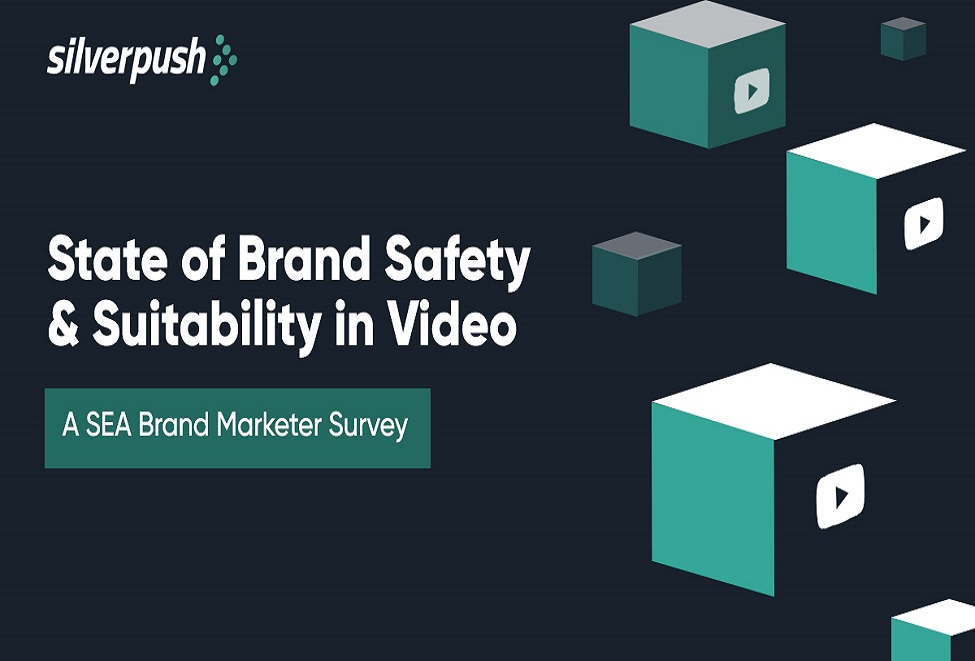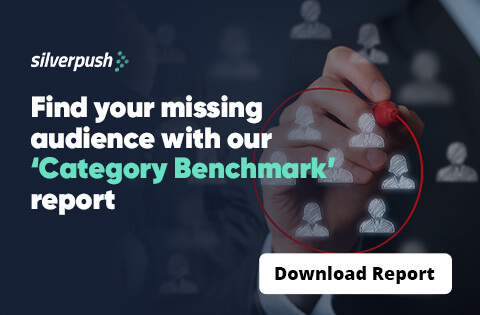90% of SEA Marketers Admit Serious Brand Safety Concerns | 30 Jun, 2020

The brand safety crisis that first caught the attention of advertisers in a significant way back in 2017 is even more accurate today!
With millions of user-generated visual content added to video-sharing platforms daily, brand safety has taken center stage in advertising.
Like any crisis, this situation has also led to practical and effective solutions that have given advertisers varying degrees of control.
Some of the most commonly used brand safety measures, such as blocklists, approved channels/pages, third-party measurement, and brand safety experts, have their own advantages and disadvantages.
To understand how leading marketers and brands perceive and mitigate brand safety risks, we have collected survey responses from 160+ agency heads, business leads in media, and brand marketers in Southeast Asia (Vietnam, Thailand, Malaysia, Indonesia, Philippines, and India).
Keep reading to find the key takeaways from the survey, highlighting the most significant findings related to brand safety challenges in the SEA region. Make sure to download the report for a more comprehensive understanding of the subject, including its growing importance.
Key Highlights of the SEA Brand Safety Survey
Here are some major highlights from the survey:
1. Video platforms like TikTok, Facebook, and YouTube offer brand safety controls but still have unsafe content. A recent study found that 8-9% of videos on video sharing and hosting platforms in Southeast Asia contained harmful content, including violence, smoking, and adult, and extremist content.
2. Industry professionals believe that hazardous exposure negatively impacts brand perception and can lead to revenue loss. In fact, 60% of respondents believe that brand safety risks can result in reduced buying or even a complete boycott of the brand.
3. Blacklists and whitelists are still the most popular brand safety measures, but contextual targeting techniques involving NLP-based technologies and in-video context detection are becoming more prevalent. However, 60% of industry professionals say that using current brand safety measures makes it difficult to reach a specific audience.
4. The biggest brand safety challenge is the need for customized exclusion filters that can meet unique brand needs. According to the report, 63% of industry professionals stated this as the most pressing issue, highlighting the importance of brand suitability.
5. The report also discusses how the challenges of current brand safety measures have negatively affected reach and monetization during the COVID-19 pandemic. Additionally, it emphasizes the growing importance of brand suitability, the solutions that brands and agencies are seeking, and the emergence of AI-powered context detection technology.
Summary
There is a significant risk of video ads appearing alongside inappropriate or harmful content, with as many as 1 in 10 ads affected. This can have serious consequences for brands, causing confusion and even leading to loss of revenue. Download the report to gain insights into how industry professionals are addressing this issue in today’s complex digital landscape.

BLOGS
Migrate from Oracle to Silverpush: Unlock Advanced Contextual Advertising Solutions
The news that Oracle plans to shut down its advertising business by the end of September has sent shockwaves through the ad industry. Once the most prominent advertising data seller in the market, Oracle is now closing its advertising division. This included Datalogix for offline consumer data, Grapeshot for contextual ...

BLOGS
Cannes 2024 Recap: Silverpush Takes AI Discussions to the French Riviera
As Cannes 2024 concludes, the echoes of vibrant discussions, insightful panels, and significant meetings continue to resonate. This year’s central theme was clear: AI's growing dominance in advertising solutions, optimizing campaigns for business outcomes, and reaching audiences effectively across various screens. With videos becoming increasingly digital, the potential for more addressable ...

BLOGS
UK Programmatic Advertising Spending & Trends in 2024
In 2023, programmatic advertising spending in the UK reached roughly £30.6 billion. The programmatic display advertising market is projected to grow by 12.6% in 2024, bringing it to within just four percentage points of becoming fully programmatic. This highlights how integral this technology has become to the UK ad industry. ...







